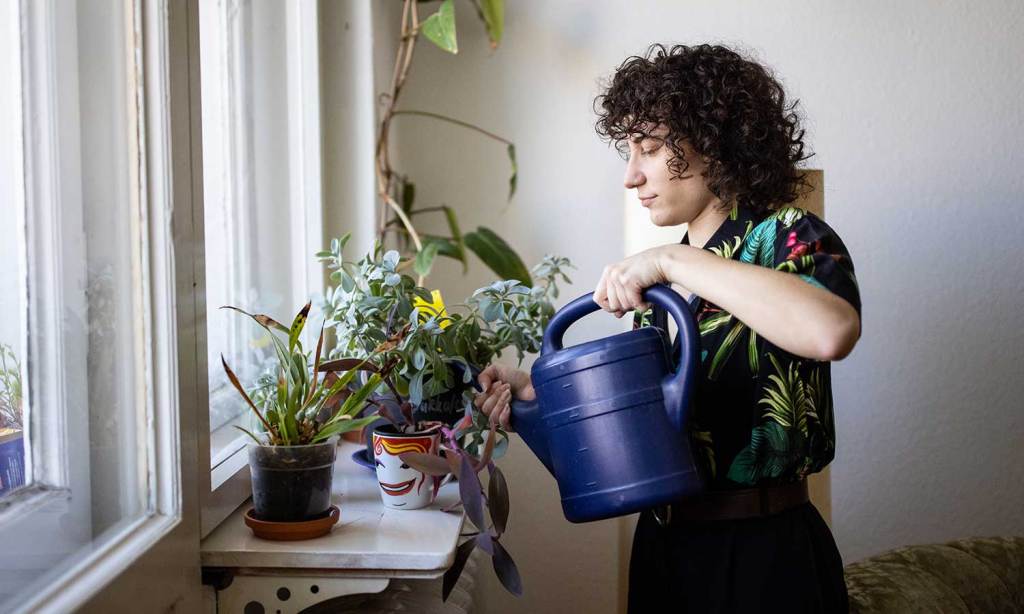Last Christmas, I held a get-together with my colleagues and friends where I set a rule that everyone should bring gifts from their homes or gifts that were second-hand. No new purchases were allowed. I decided I would give plant cuttings to everyone from my little home garden, but I also set up a little care guide for them to transport and transplant these cuttings safely to ensure a thriving house plant at the other end.
If you’ve ever been gifted a plant cutting from a neighbour but haven’t been sure what to do with them to actually grow them into big, healthy plants, this one’s for you.
Transporting Your Plant Cutting
There is a specific way to transport a fresh plant cutting home but, thankfully, it’s very simple. Ensure that the cutting is cut diagonally on the stem and then wrap the exposed part of the stem with a wad of wet cotton wool or tissue to keep the raw edge from drying out. If you don’t have any tissues on hand and aren’t travelling too far, simply slot the stems into a water bottle with water, ensuring it’s submerged up to a quarter of the length of the stem.
Transplant Your Cutting
Once you are home, submerge the cut end of your plant cutting into a clean glass of water and leave it in the sun for three to five days. Depending on the type of plant, this should stimulate the plant to form roots at the cut part of the stem, though be patient if it doesn’t happen right away. This process can take as short as a week, or even a couple of months, depending on the plant and weather conditions.
In some cases, the stem cutting might not root at all and you may need to induce the rooting with a hormone such as Clonex. This will seal the cut stem, but also stimulate the production of new root cells much quicker than water alone. Once you see a handful of roots formed at the cutting, you can remove it from the water and transplant it into soil.
Place the bottom of the stem into a pot and cover it with soil so the cut portion and roots are completely covered by soil. As a guide, cover the cutting till the halfway mark of the length of the stalk.
Take Care of Your Plant Infants
Now comes the challenge — keeping the cutting alive. The key to doing this is ensuring you know the type of cutting you have been given. It helps to ask the person who gifted you the cutting about the conditions they grew it in. Ask about the sunlight, watering routine and whether they used any fertilisers.
If they had just newly bought the plant, you can then look up the plant and check for the general watering and sunlight guide. Plants that have evergreen leaves, also known as perennials, are able to live throughout the year and can be kept out in the sun as much as possible. In comparison, annuals are plants that change with the season and will need more varying attention.
As with caring for children, plant parenting requires hands-on experience, failing and learning from experience. It helps to take notes and photographs of when they are thriving and when they are struggling, so you can have a record of what your efforts are doing to the plant (good and bad).
Read more stories from The Latch and subscribe to our email newsletter.

